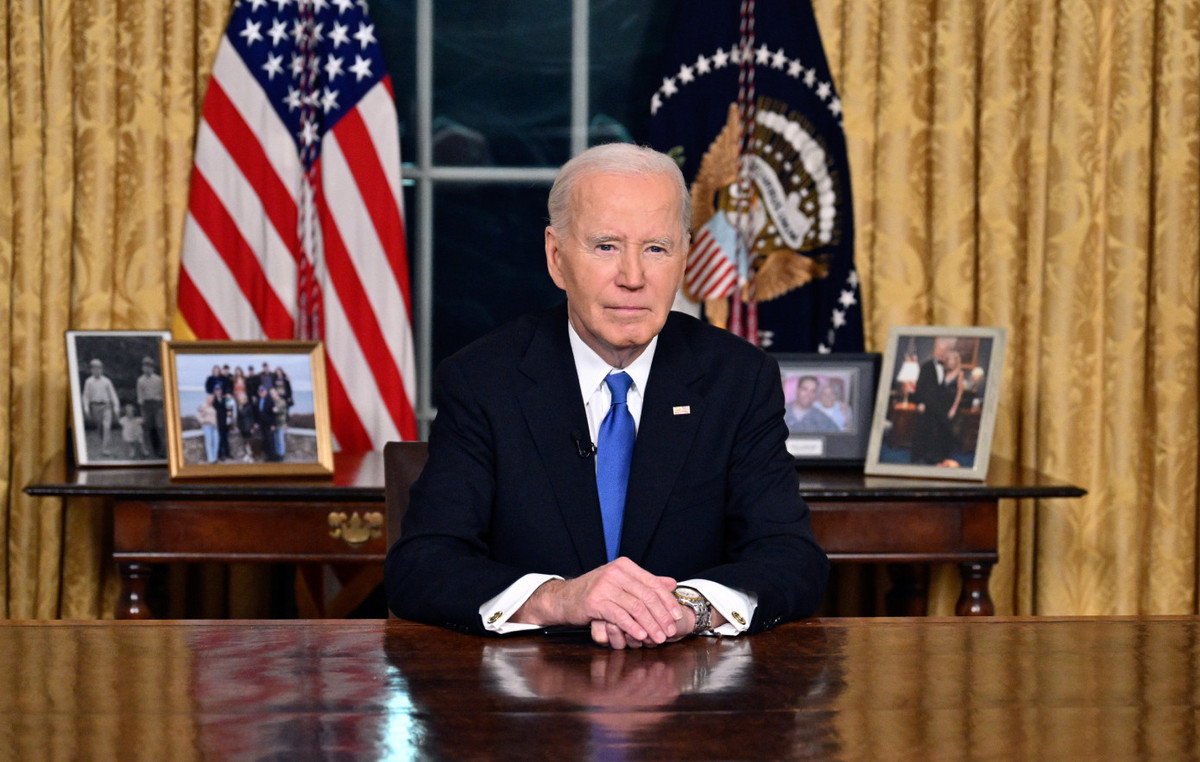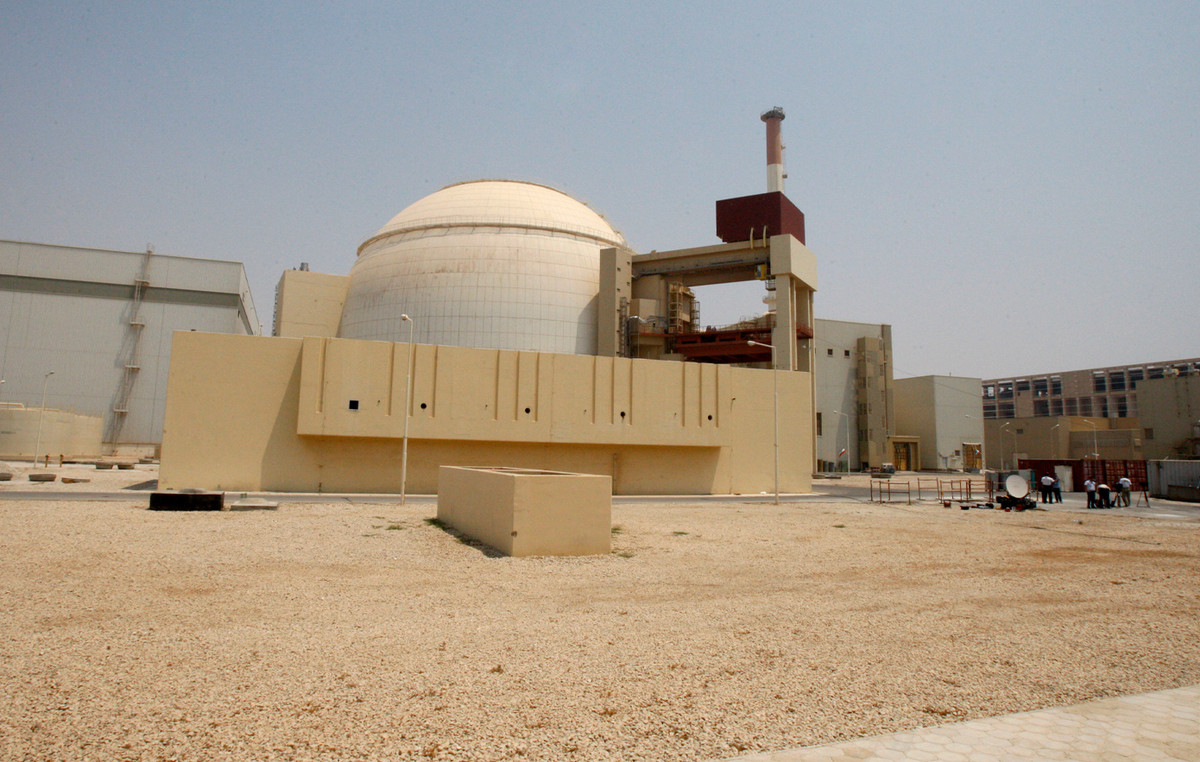Reserve Bank of Australia (RBA) Governor Michele Bullock is speaking at the press conference, following the announcement of the November monetary policy decision on Tuesday.
Bullock is taking questions from the media, as part of a new reporting format for the central bank that begins this year.
The RBA kept the reference interest rate at 4.35% for the eighth consecutive meeting this Tuesday.
Key quotes
The labor market remains tight.
Wage growth continues to decline.
Policy settings are restrictive.
We believe rates should remain restrictive for the time being.
We believe there are still upside risks to inflation.
Increases of 0.8% in core inflation would not take us back to the band.
We have the right settings right now.
If the economy slows more than expected, we will be ready to act.
We need to be convinced that core inflation is returning to the band.
This doesn’t necessarily mean that inflation needs to be back in the band before we start acting.
Today’s discussion was similar to the September meeting.
The conversation focused more on “what we needed to see to change our minds” about the policy.
We want to preserve a strong labor market.
The current trajectory of the market-set cash rate is as good as any.
The risks are fairly balanced in terms of inflation and politics.
Housing consumption and low productivity are two risks.
But we are prepared to move if the data suggests doing so.
We cannot ignore the risks of overseas developments, but our main focus is on the domestic front.
Market reaction
AUD/USD holds gains near 0.6600 on the above comments, up 0.11% on the day, at the time of writing.
The Australian Dollar FAQs
One of the most important factors for the Australian Dollar (AUD) is the level of interest rates set by the Reserve Bank of Australia (RBA). As Australia is a resource-rich country, another key factor is the price of its largest export, iron ore. The health of the Chinese economy, its largest trading partner, is a factor, as is inflation in Australia, its growth rate and the Balance of Trade. Market sentiment, that is, whether investors bet on riskier assets (risk-on) or seek safe havens (risk-off), is also a factor, with the risk-on being positive for the AUD.
The Reserve Bank of Australia (RBA) influences the Australian Dollar (AUD) by setting the level of interest rates that Australian banks can lend to each other. This influences the level of interest rates in the economy as a whole. The RBA’s main objective is to maintain a stable inflation rate of 2%-3% by adjusting interest rates up or down. Relatively high interest rates compared to other major central banks support the AUD, and the opposite for relatively low ones. The RBA can also use quantitative easing and tightening to influence credit conditions, with the former being negative for the AUD and the latter being positive for the AUD.
China is Australia’s largest trading partner, so the health of the Chinese economy greatly influences the value of the Australian Dollar (AUD). When the Chinese economy is doing well, it buys more raw materials, goods and services from Australia, which increases demand for the AUD and drives up its value. The opposite occurs when the Chinese economy does not grow as fast as expected. Therefore, positive or negative surprises in Chinese growth data usually have a direct impact on the Australian Dollar.
Iron ore is Australia’s largest export, with $118 billion a year according to 2021 data, with China being its main destination. The iron ore price, therefore, may be a driver of the Australian dollar. Typically, if the price of iron ore rises, the AUD also rises as aggregate demand for the currency increases. The opposite occurs when the price of iron ore falls. Higher iron ore prices also tend to result in a higher likelihood of a positive trade balance for Australia, which is also positive for the AUD.
The trade balance, which is the difference between what a country earns from its exports and what it pays for its imports, is another factor that can influence the value of the Australian dollar. If Australia produces highly sought-after exports, its currency will gain value solely from the excess demand created by foreign buyers wanting to purchase its exports versus what it spends on purchasing imports. Therefore, a positive net trade balance strengthens the AUD, with the opposite effect if the trade balance is negative.
Source: Fx Street
I am Joshua Winder, a senior-level journalist and editor at World Stock Market. I specialize in covering news related to the stock market and economic trends. With more than 8 years of experience in this field, I have become an expert in financial reporting.







